OLAV RINGDAL
ROOTWORTH
16.11.24 - 12.01.25
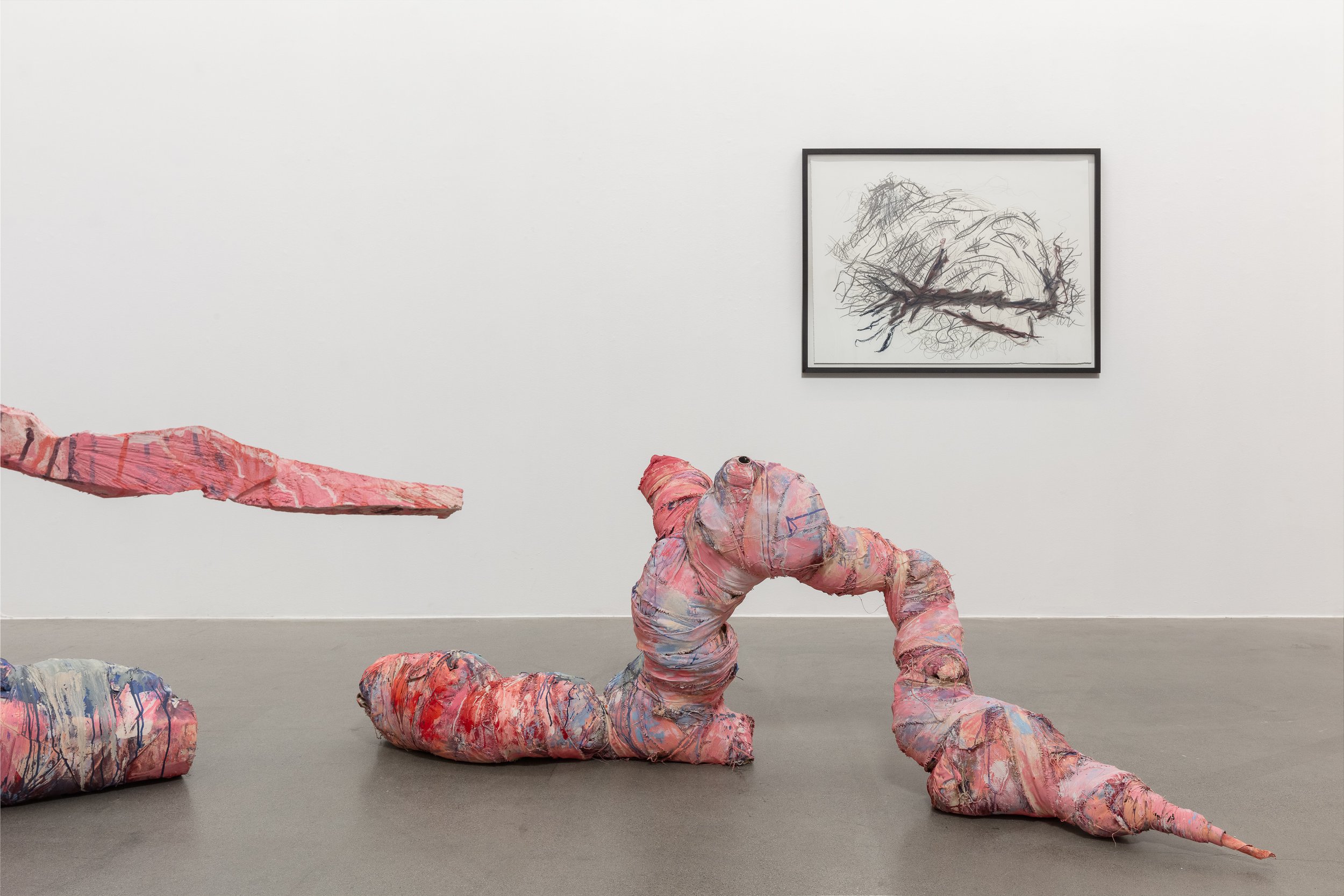

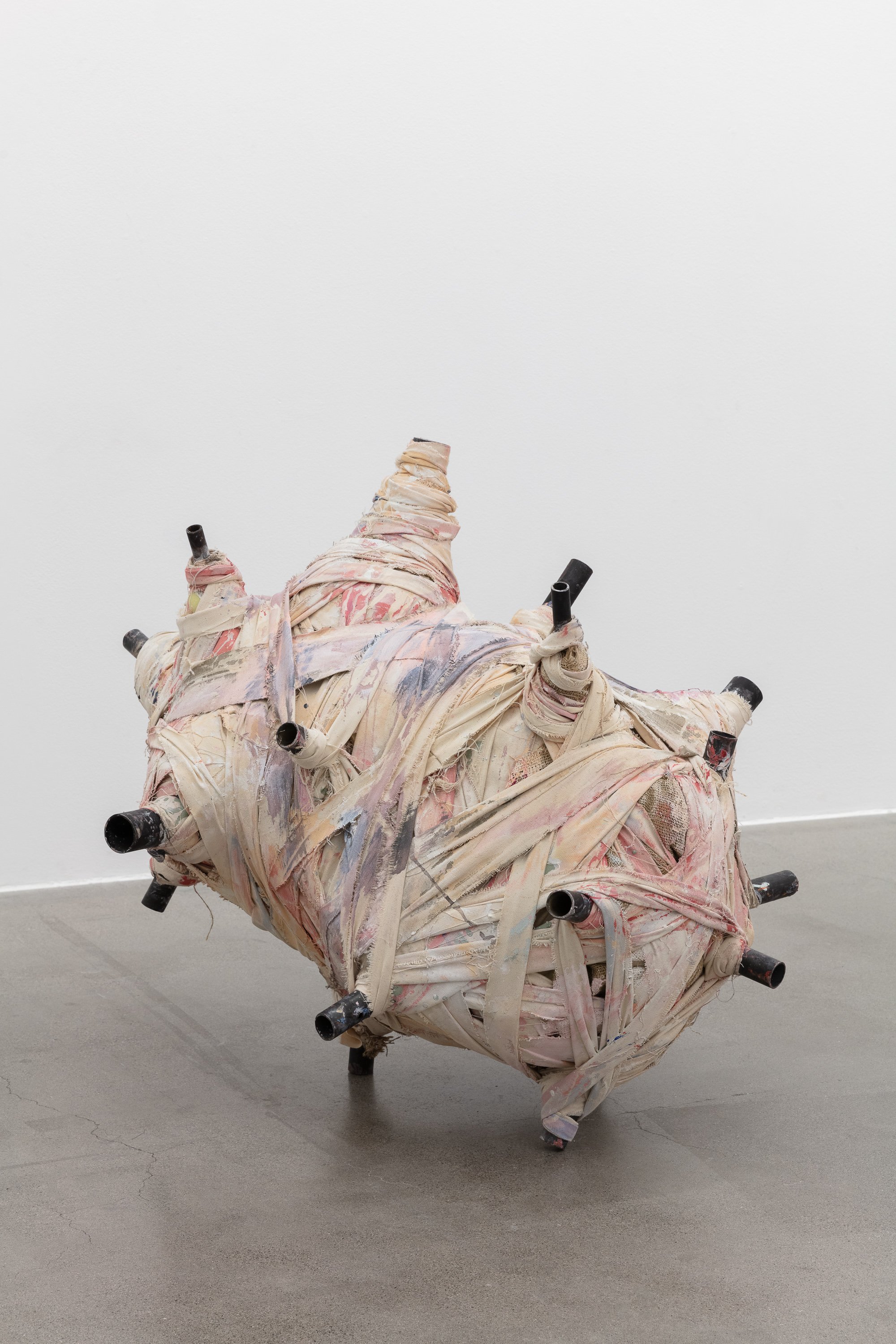
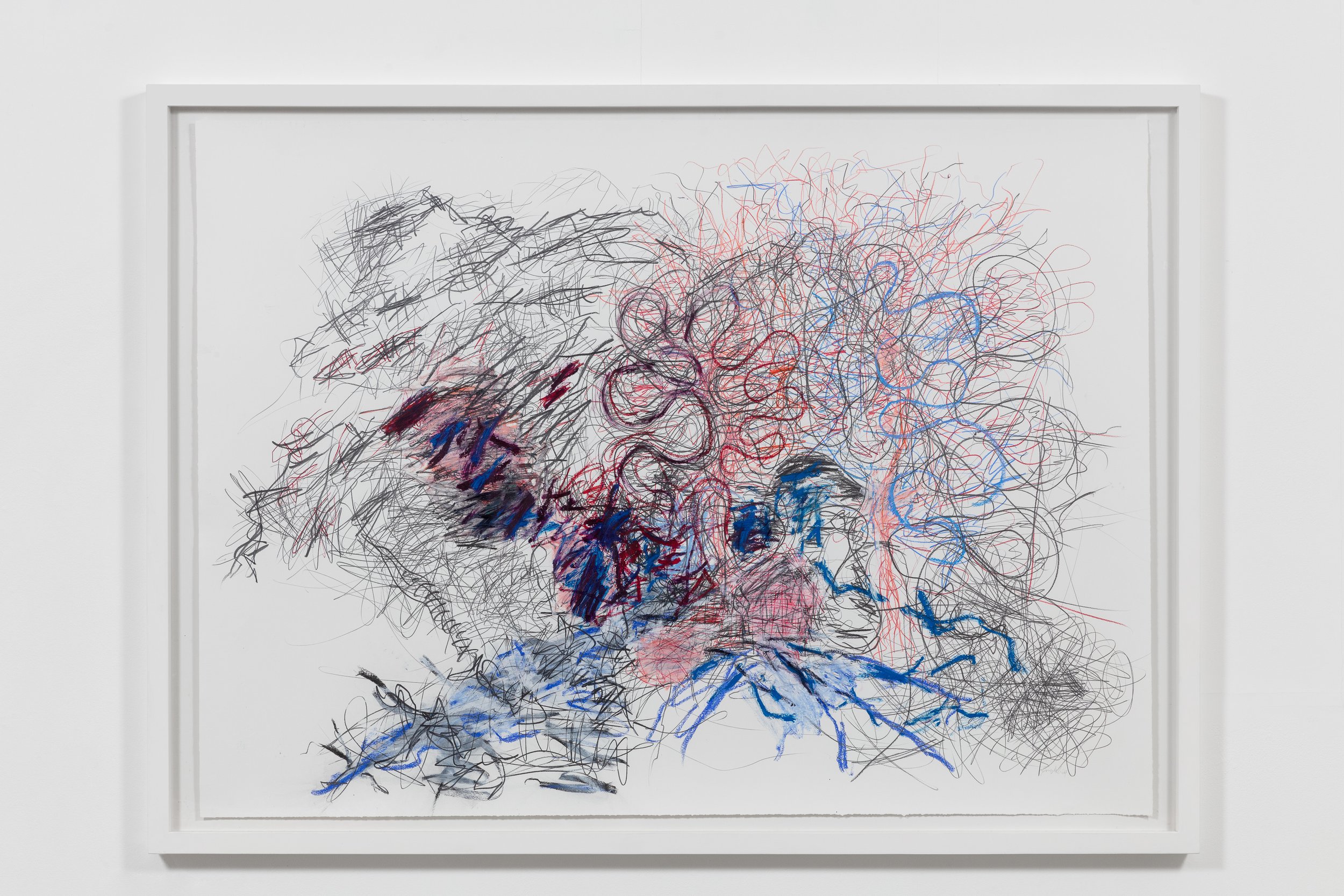
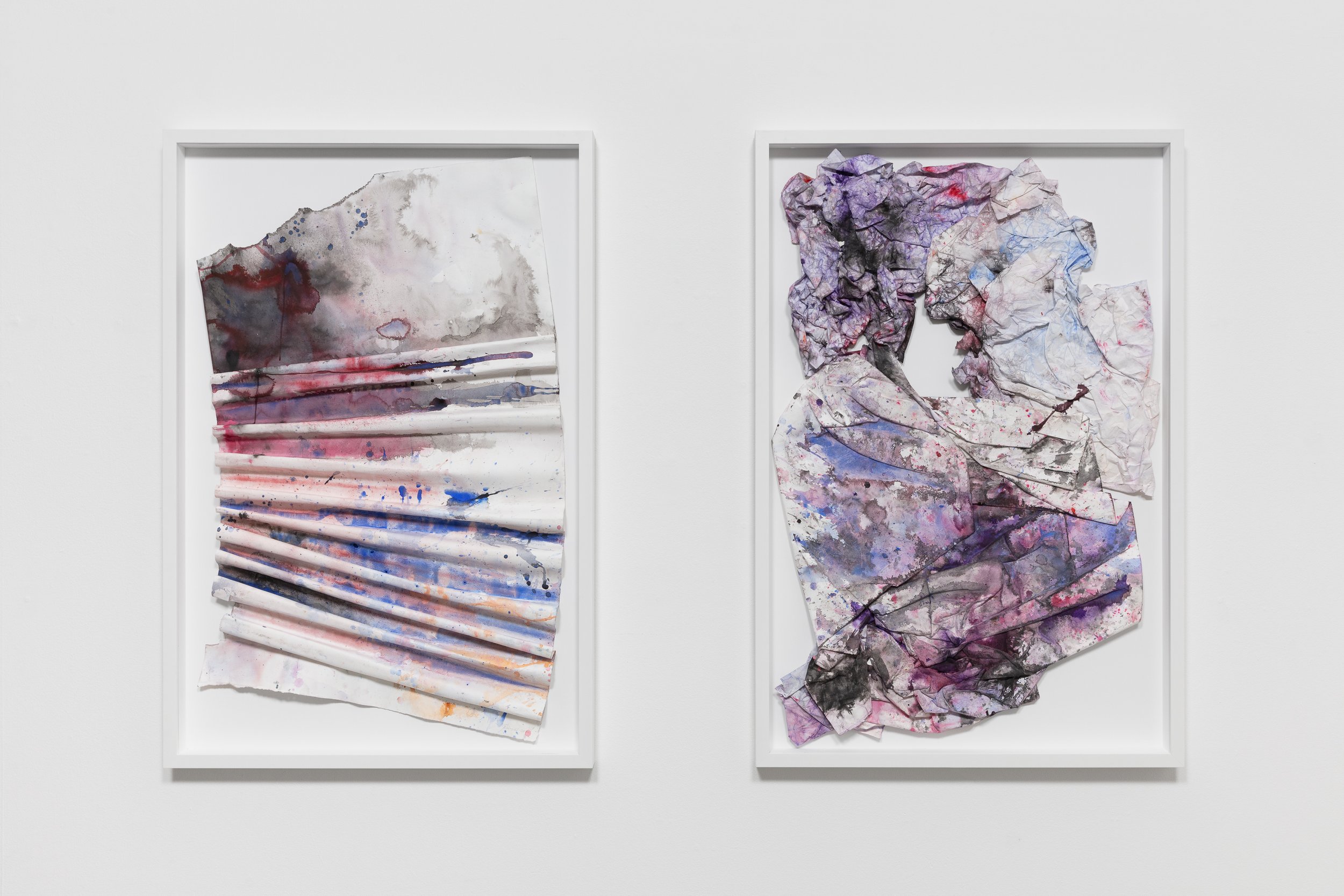

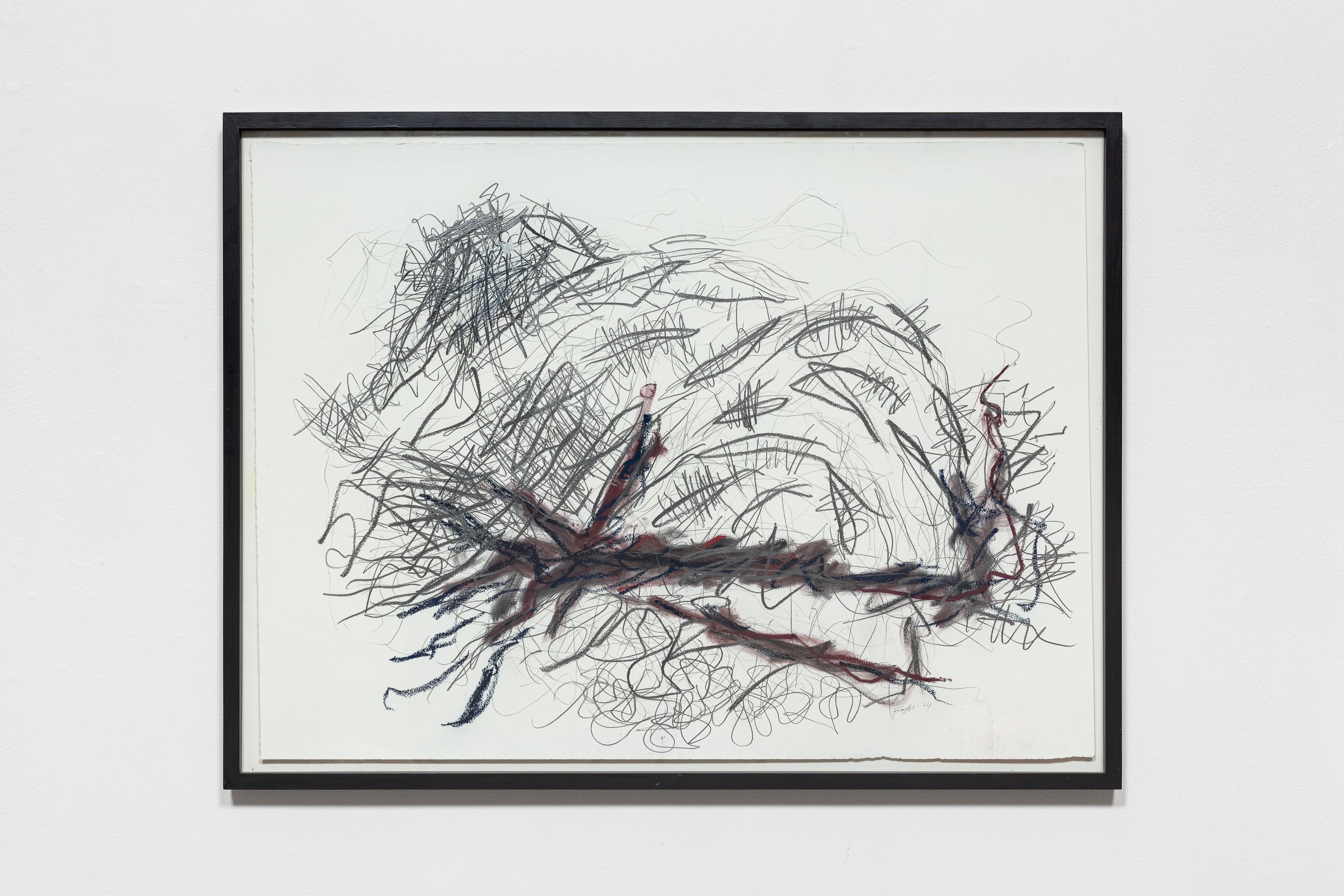
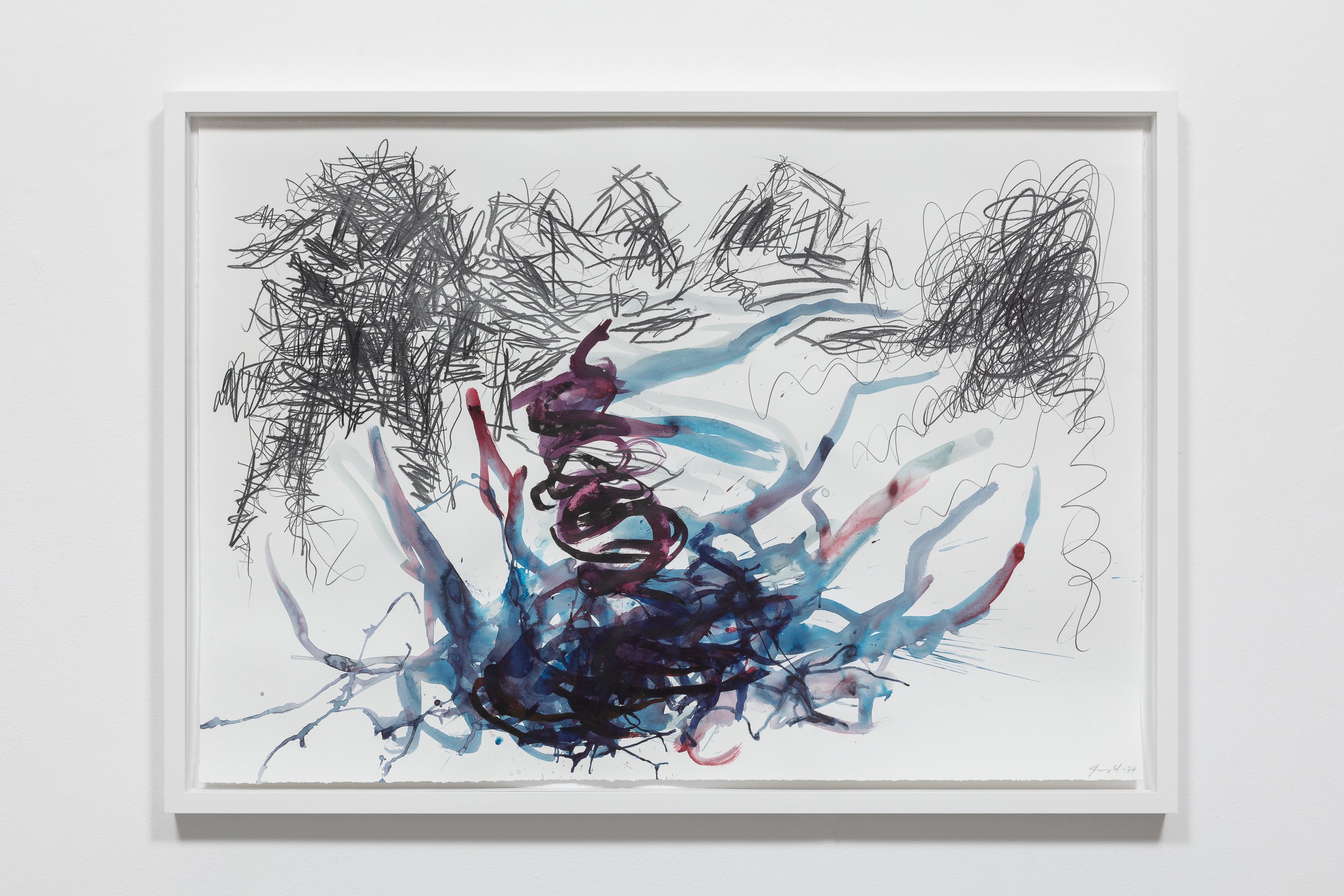
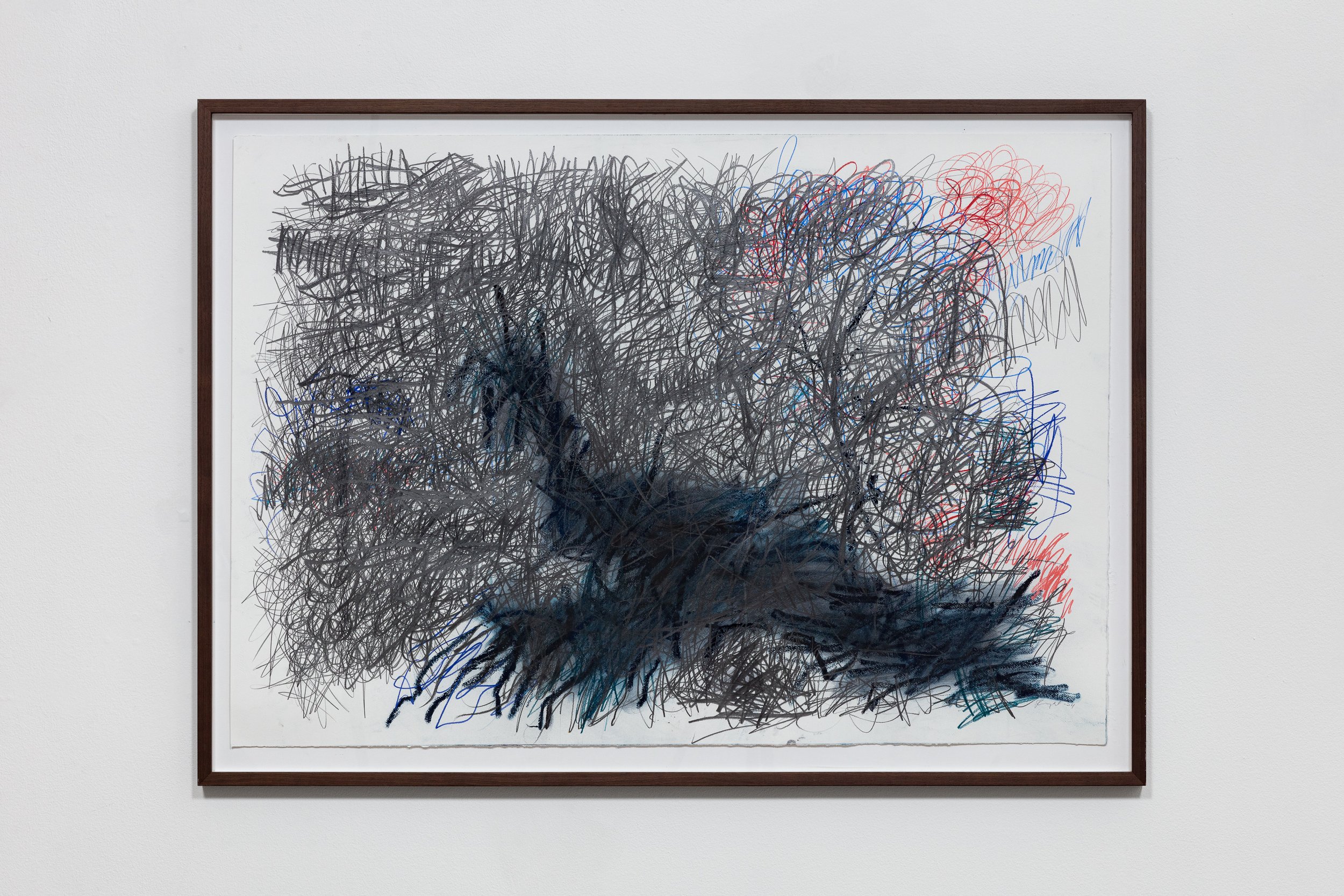


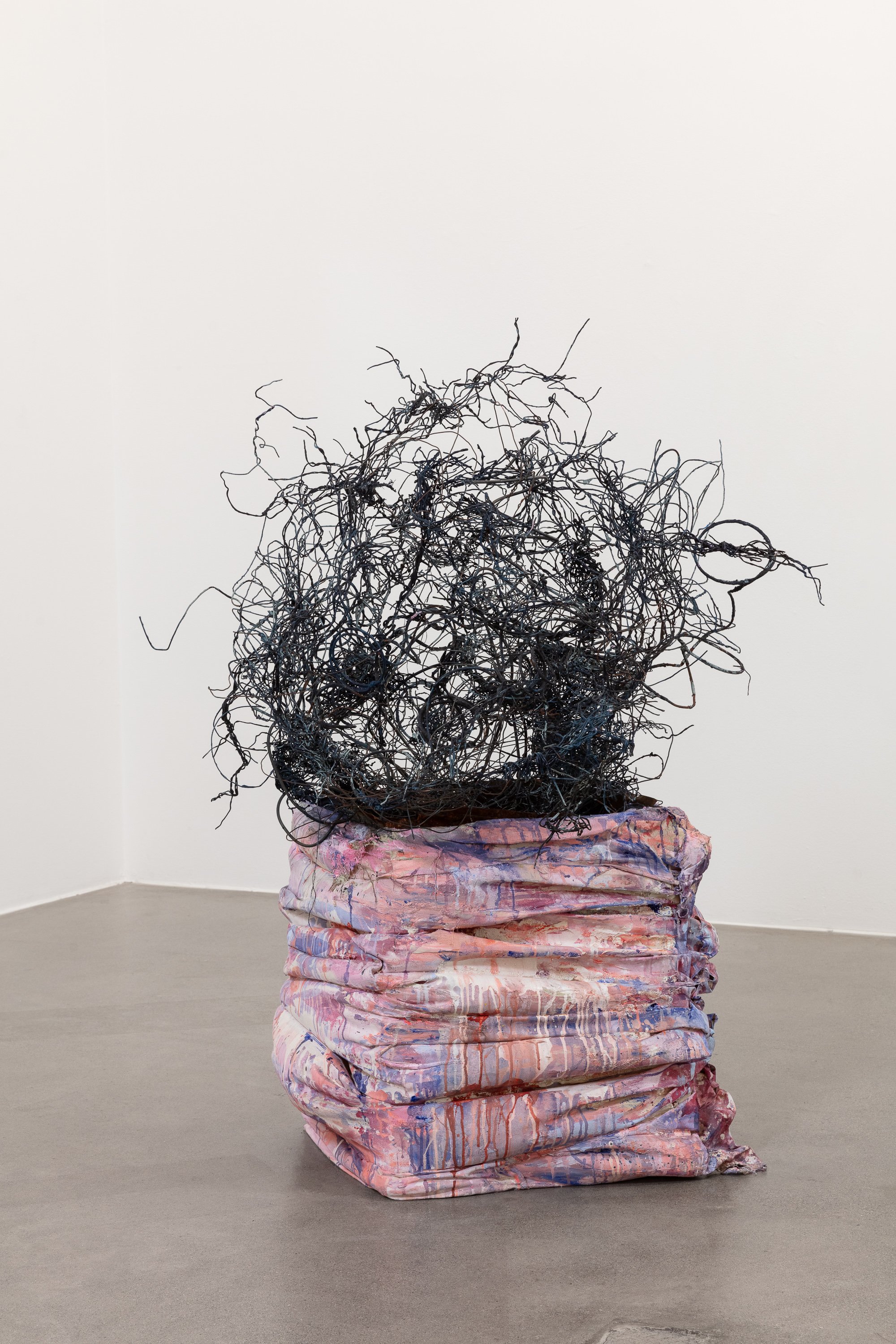
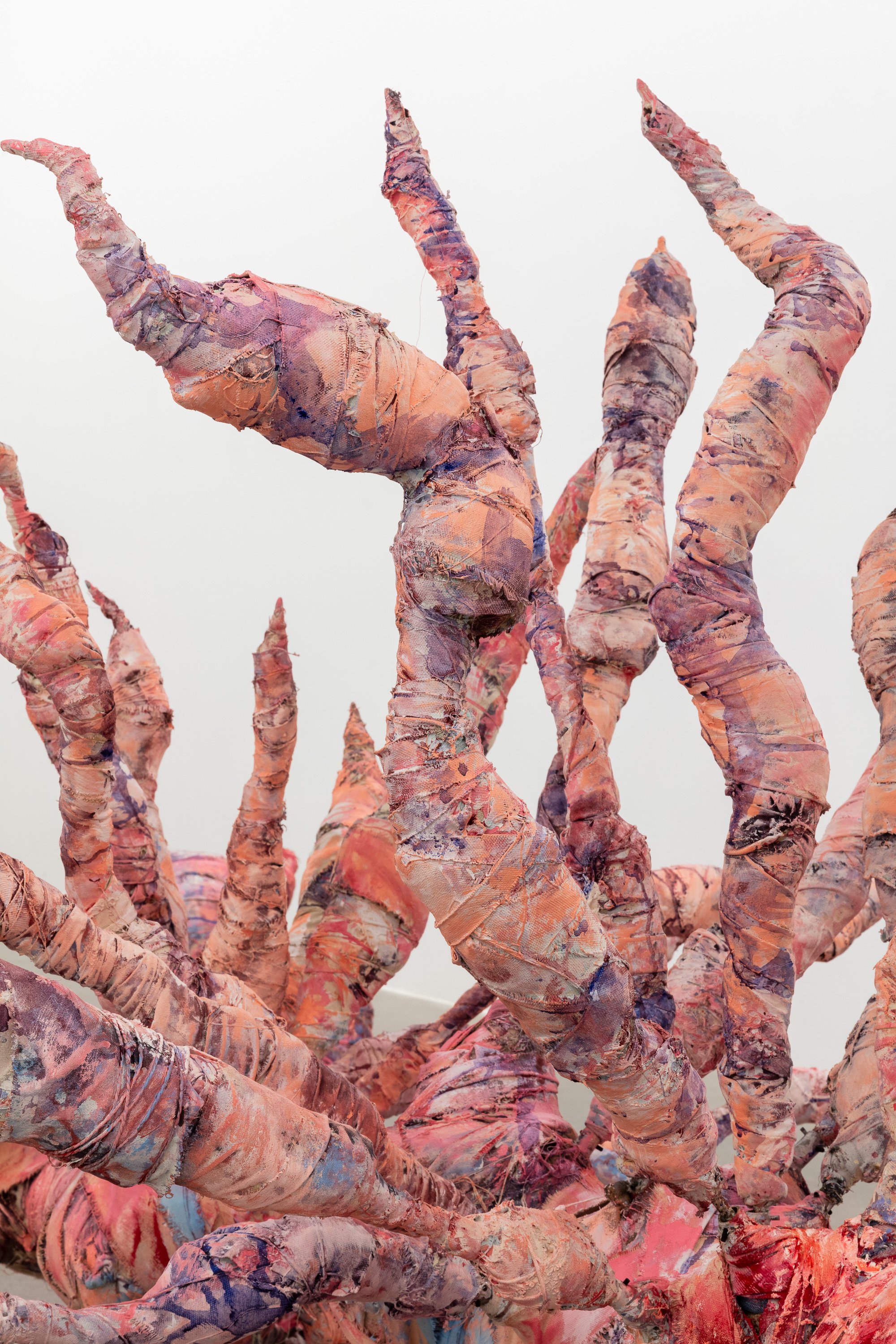

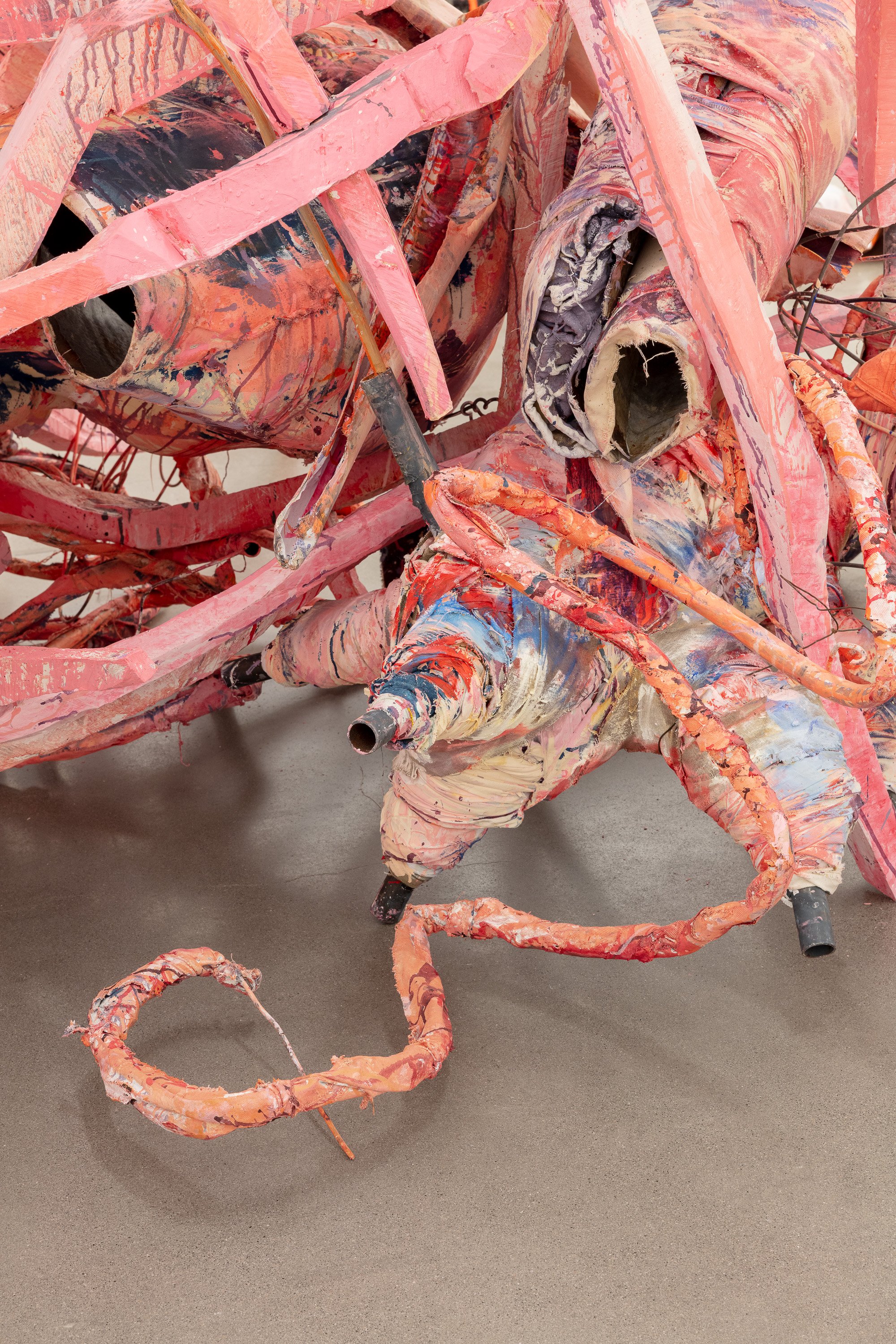

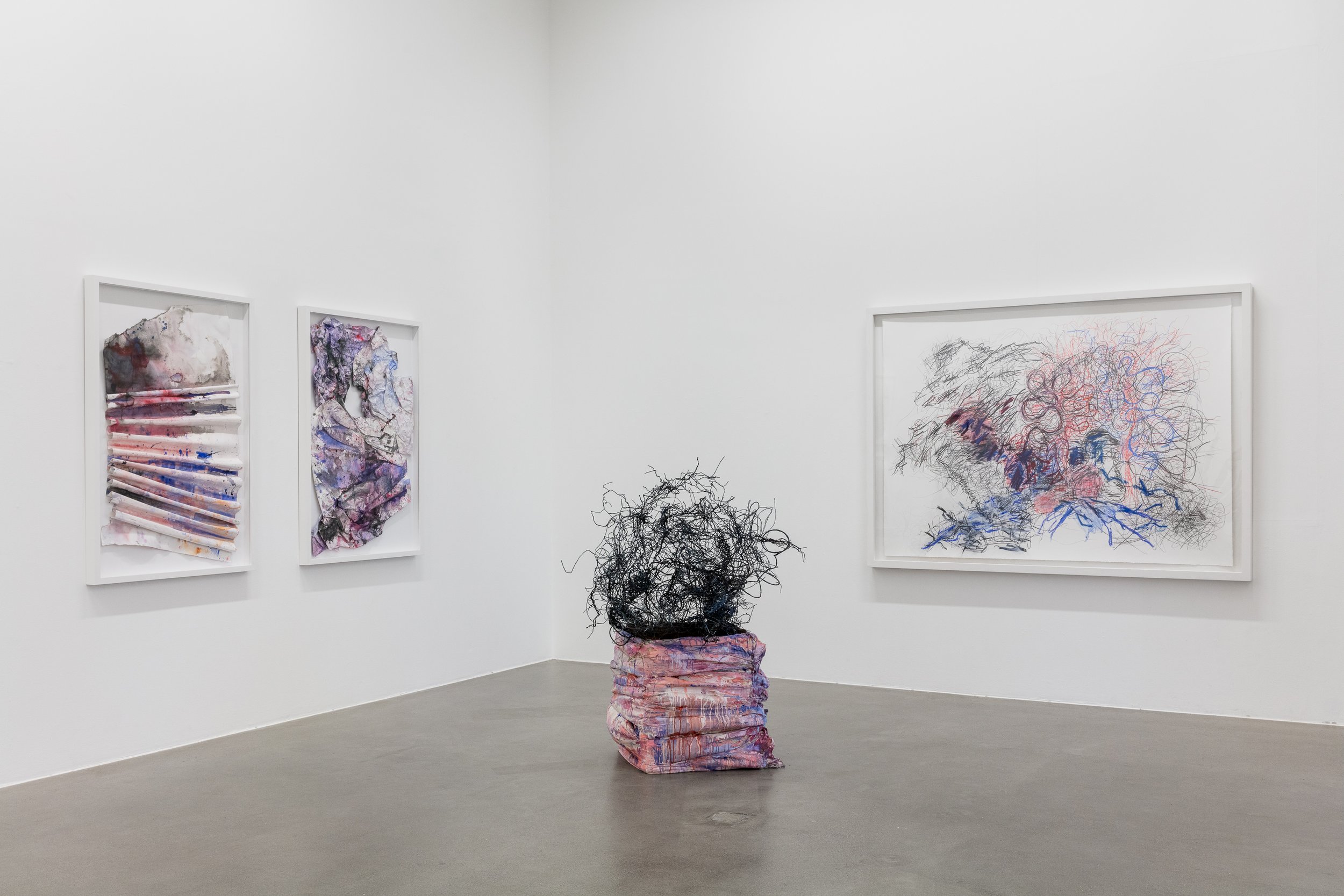


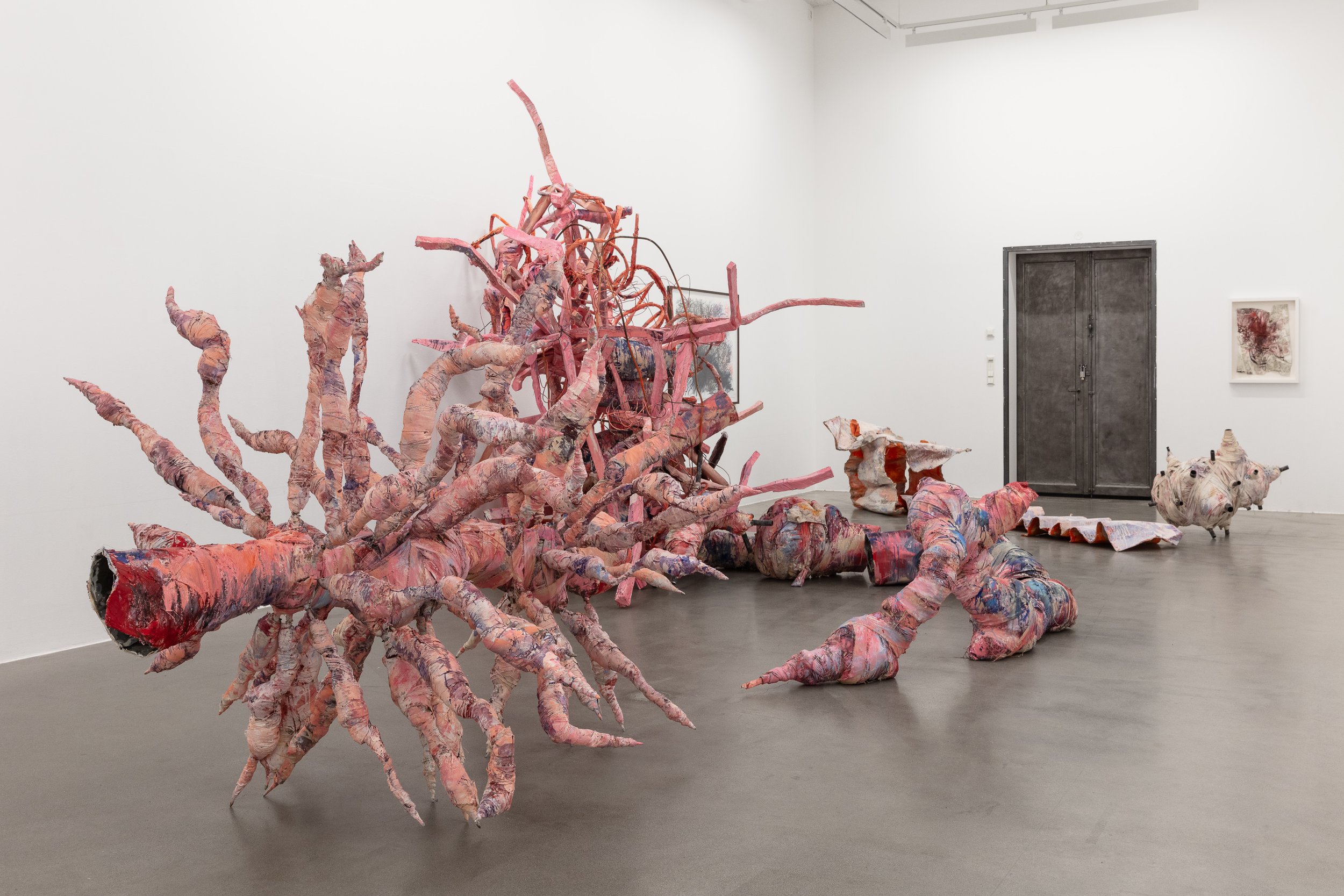
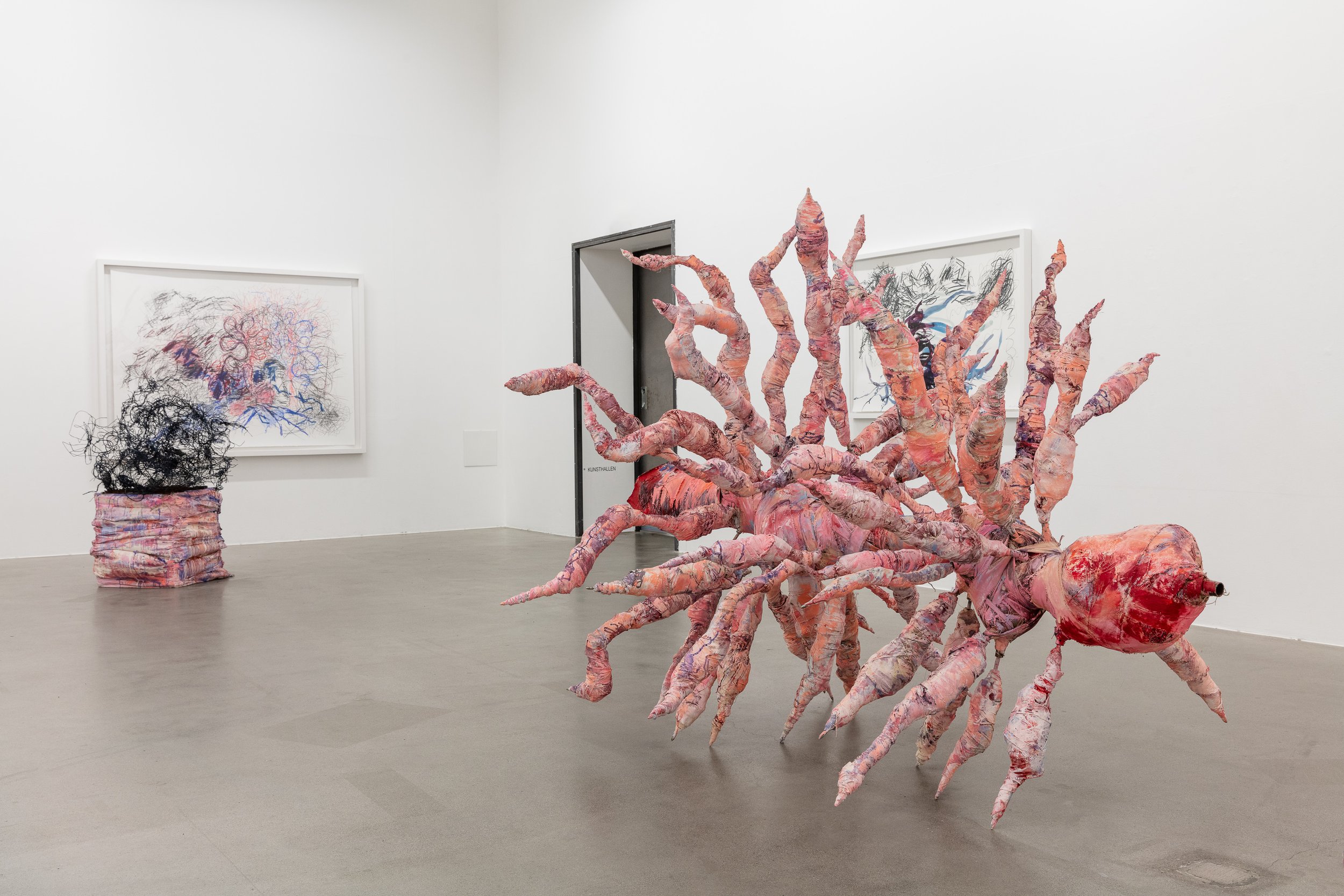
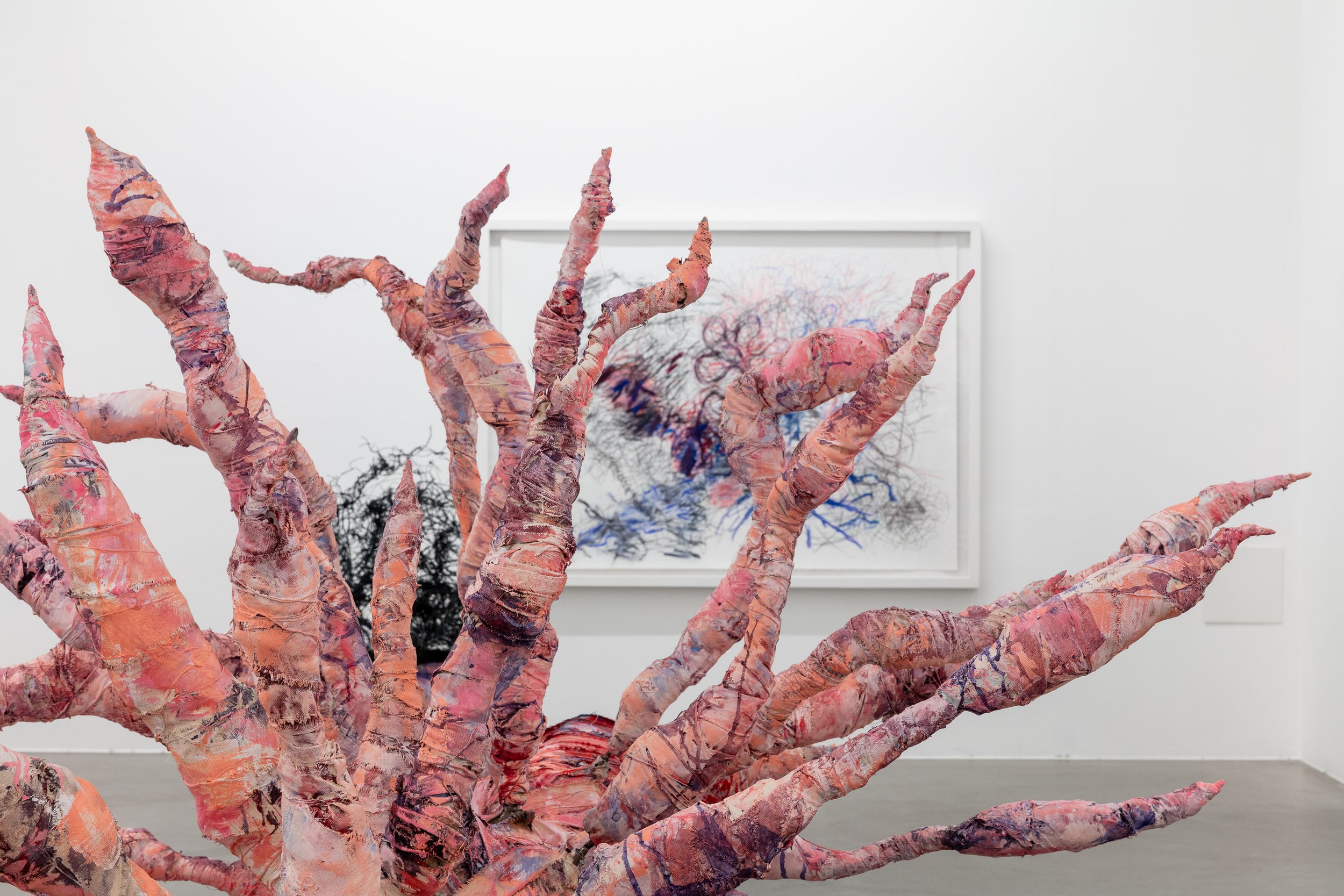

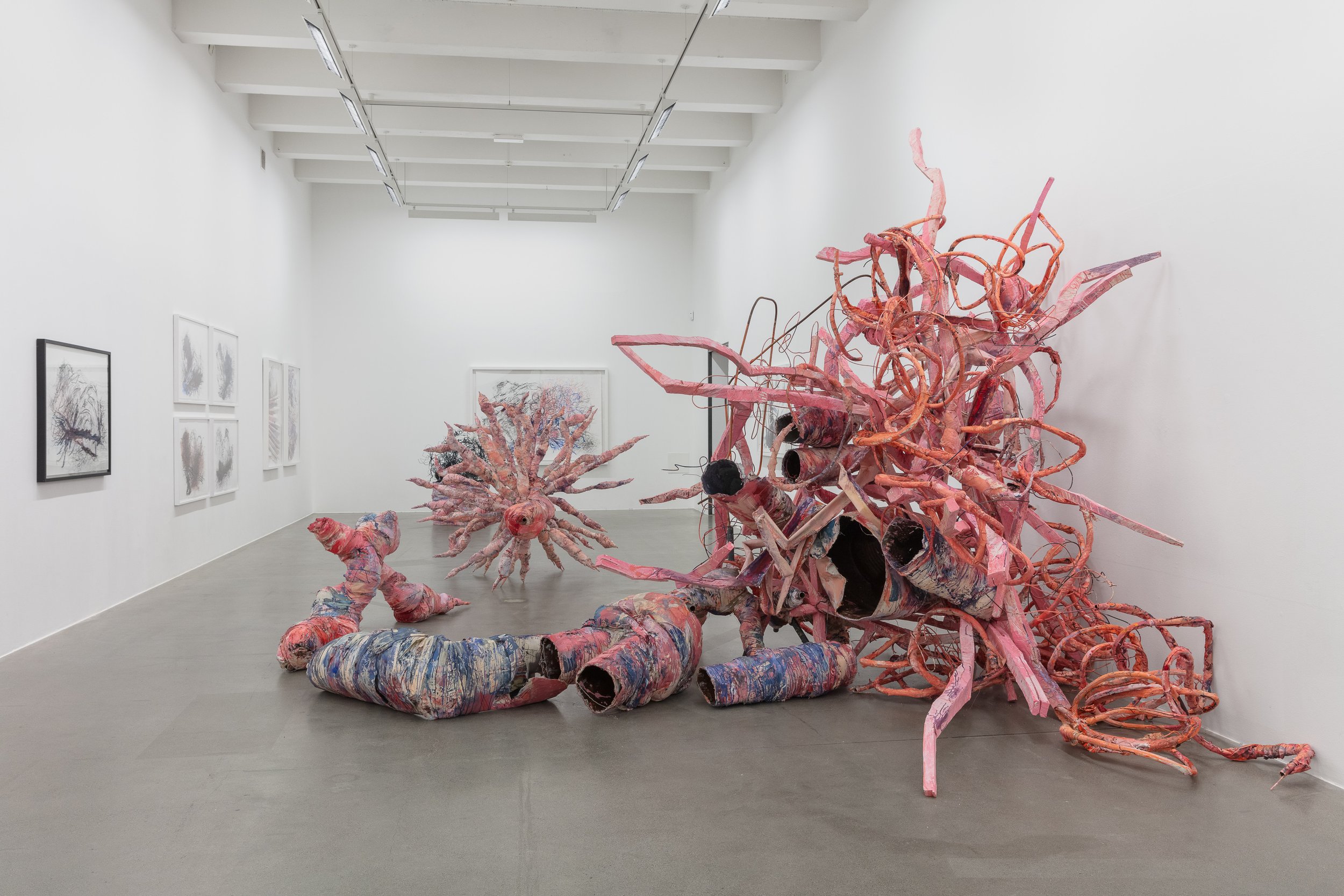
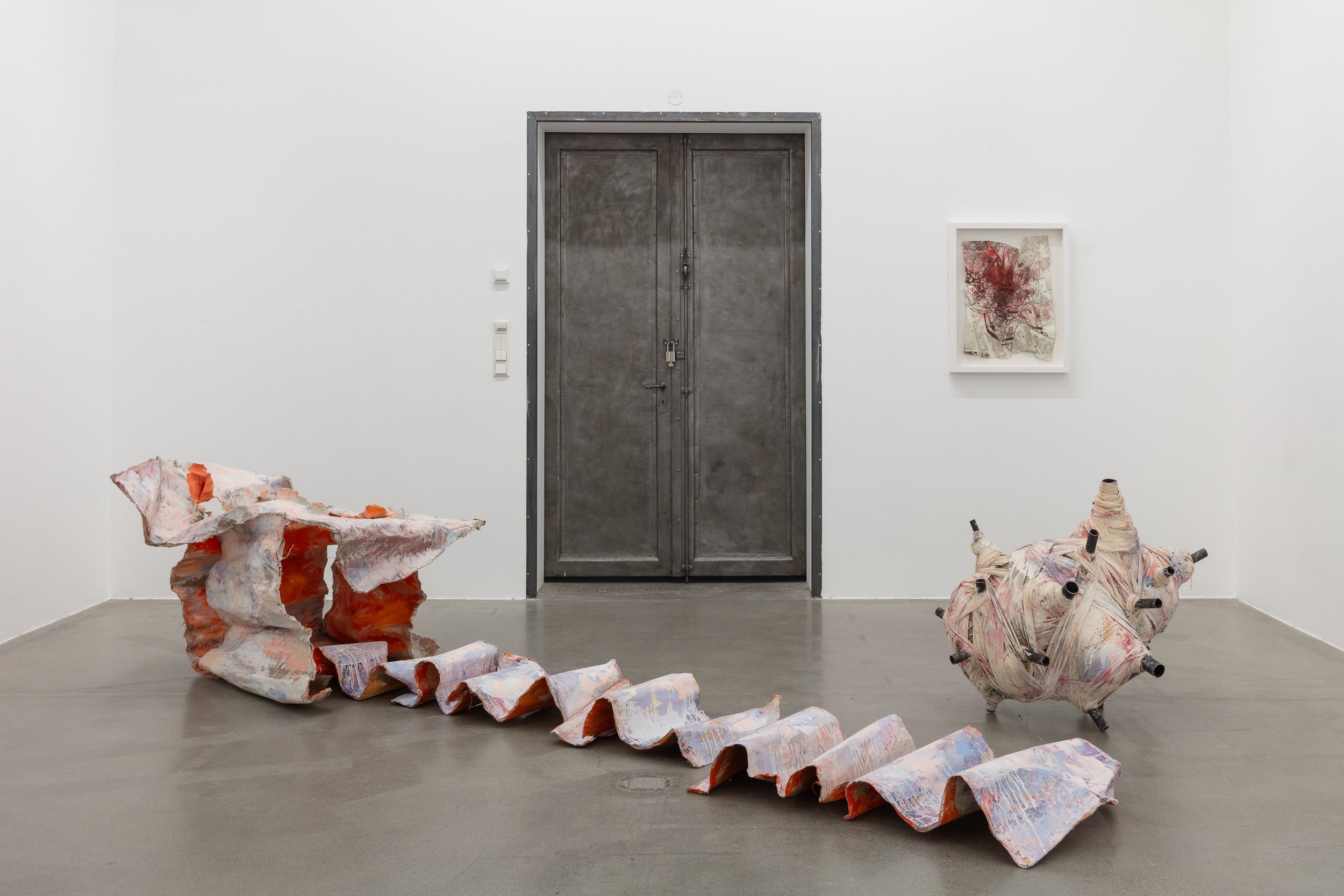

Photo in banner: Tor S. Ulstein
WELCOME TO ARTIST CONVERSATION WITH OLAV RINGDAL AND ÅSMUND THORKILDSEN , SATURDAY JANUARY 11TH AT 1 PM AT TRAFO KUNSTHALL .
SEPARATE EXHIBITION
*THE ART HALL
TRAFO KUNSTHALL
The exhibition runs until January 12, 2025.
Open Wednesday - Sunday, 12:00 - 16:00
ARTISTIC PRINCIPLES
Olav Ringdal's work vibrates with energy, sparked by the tension between order and chaos. As an artist, he represents a primal force that has throughout his career challenged conventional aesthetic notions of what is beautiful, harmonious, and good form.
The starting point is often a precise geometric shape, which is split open, twisted, inverted, thrown around and gradually grows into a complex conglomerate of without disintegrating. An ordinary, boring square or a circle, is transformed through these permutations into an interesting and living form. It is a balancing act on a tightrope; it requires a control of means that is extremely demanding. In light of this, it is not surprising that Ringdal is admired by colleagues for his integrity and his steadfastness. He insists on presenting his own visions and ideas.
Ringdal studied in the 1980s at the art academies in Trondheim and Amsterdam and had a study stay in Berlin. He developed his profile in an environment where the deconstruction of modernism fueled discussions about the future of painting and the implosion of media. Ringdal was characterized by a time when art based on working on the surface and three-dimensional sculpture was about to break down under the influence of performance and installation. The dialectic between the understanding of visual art as good form and art as communication was the focus. The will to explore symbols and create new and personal stories pushed forward. He belongs to the last analog generation, before information technology, digitization and screen-based art took over.
Already during his studies, Ringdal's art emerged as an investigation of art's means, materials, ideas and boundaries. The 1980s were a good school for facing the drastic changes that have occurred on the art scene in the following decades. Ringdal studied in a period in which an academic tradition with an emphasis on craftsmanship, material knowledge and genre understanding was challenged by a shift towards emphasizing the theoretical and ideological aspects of art. Young artists in the making were exposed to discussions about art as a commentary on society and they gained insight into the art world's misadventures and pitfalls.
When Ringdal takes over Trafo with an exhibition that revolves around “Rotvelt” as a phenomenon and performance, the exhibition takes up the artist’s prehistory at the same time as we sense that rotvelt is a symbol of our own time. What one might have thought were stable values and frameworks for existence are being toppled. Basically, a rotvelt is a tree that has been blown over, so the root rises vertically, while the trunk lies down. In the visual arts, toppling what can be perceived as strong early during modernism became an expression that the idea of the monolith that rises like a monument or a pole was seen as an image of an outdated ideal. Art was no longer supposed to lift itself out of the everyday and stand as an expression of strength and power. Post-war paintings often left the wall and unfolded on the floor, and sculptures were shaped as low benches or bumps in the terrain. Ringdal’s rotvelt transforms this tradition, which reached its culmination in minimalism in the 1960s, into a maximalist form. A shape that conveys the violent power inherent in the drama when a huge tree comes to an end.
The tree that topples is a drama that can be interpreted in many directions; Does the tree symbolize life that ends; is it existence that is torn up by the roots or is it a battle in nature where the tree must give in to a force that is stronger than itself? The interpretations can be stretched to go straight into the current debate about identity; does man have roots or feet? In that perspective, taking root is associated with a desire for stability and order, while taking root for others is an expression of stagnation and spiritual laziness. The uprooted tree at the same time has a dimension of something vulnerable and exposed, but also heralds change and new opportunities. A fallen tree is in nature a home for new life.
Olav Ringdal, Rotvelt , 2023 - 2024
Photo: Katinka Goldberg
Immediately, a dense root system that spreads underground in a circle from a central point is an image of the relationship between a center and the periphery; The circle as a form is one of the strongest symbols of a closed, clear and unified universe. When Ringdal deals with this figure and pushes it towards the border of dissolution and destruction, it is in line with how he has processed issues related to the delimitation of the image and sculpture throughout his work. The form is about to perish and dissolve, but is held in a firm grip by the artist's hand.
Roots and hair are both fiber. In his early works, Ringdal not only problematized the blind frame and the frame's role in the experience of the image as a limited reality, but he also tackled the picture plane, whether it was made of canvas, a quilt or rope. The breakdown of the distinction between painting and fiber art was a widespread phenomenon back to the minimalism of the 1960s and points to the strong position fiber art has today. The associations with fiber in Ringdal can be understood as a comment on this exploration of the relationship between artwork, material, technique and genre. The physicality of the works testifies to an artist who likes to bring together materials in ways that can appear contrasting and violent in expression with clear traces of the work. It is no coincidence that Ringdal, as a junior, was proclaimed as Sunnylven's future hope in the ski track, before art took him.
Body and bodily expression are an important theme in Ringdal's art. Much of his art has had associations with entrails and skin that are tensed and stretched. The violent aspect of the splintered form lies latent throughout. The artist is present not only in the way he processes materials and form in his works. One of the most characteristic features of Olav Ringdal is his wild and curly mane of hair, which, especially in his youth, stood like an unruly wreath around his head. The rotvelten as a sculpture and the drawings can also be interpreted as the artist's self-portraits.
Text by Øivind Storm Bjerke.
Photo: Geir M. Brungot
Olav Ringdal (b. 1961) studied at the Academy of Fine Arts in Trondheim and the Rijksakademie van Beeldende Kunsten in Amsterdam, 1982-1989. Ringdal works with drawing, painting, sculpture and installation. His visual language is often expressive and contradictory, composed of contrasting elements. Ringdal had his first solo exhibition in Trondheim in 1990, and has since had a number of solo exhibitions, including at Henie Onstad, Galleri F15, Buer in Oslo and most recently at Trafo Kunsthall with the exhibition ROTVELT. In 2026 he will open a major solo exhibition at Bomuldsfabriken in Arendal. He has been purchased by, among others, Trondheim Art Museum, Henie Onstad Art Center, Kube in Ålesund, the Norwegian Arts Council and the National Museum.
PRESS
“All-encompassing mess”
Klassekampen, January 8, 2025



